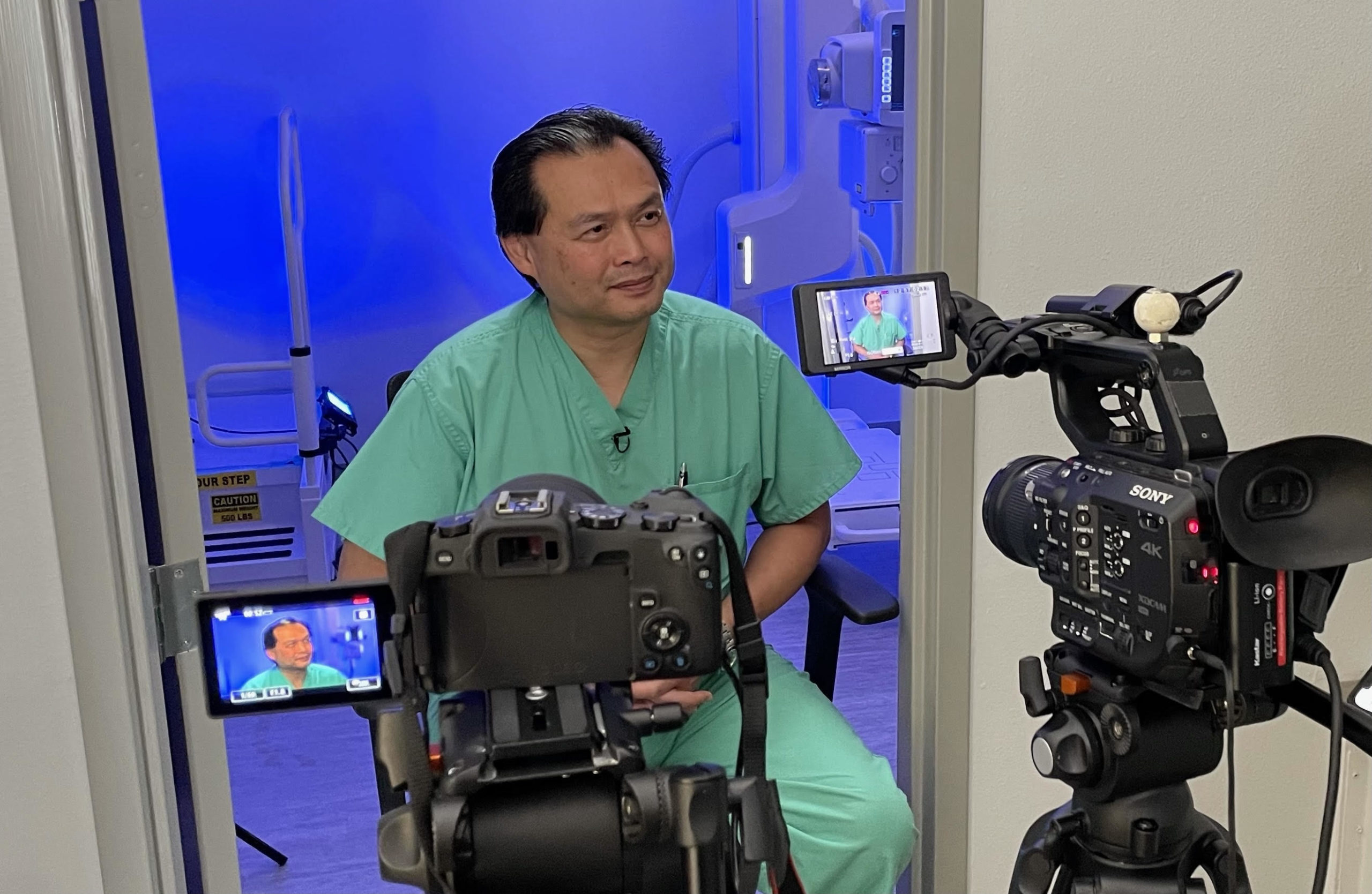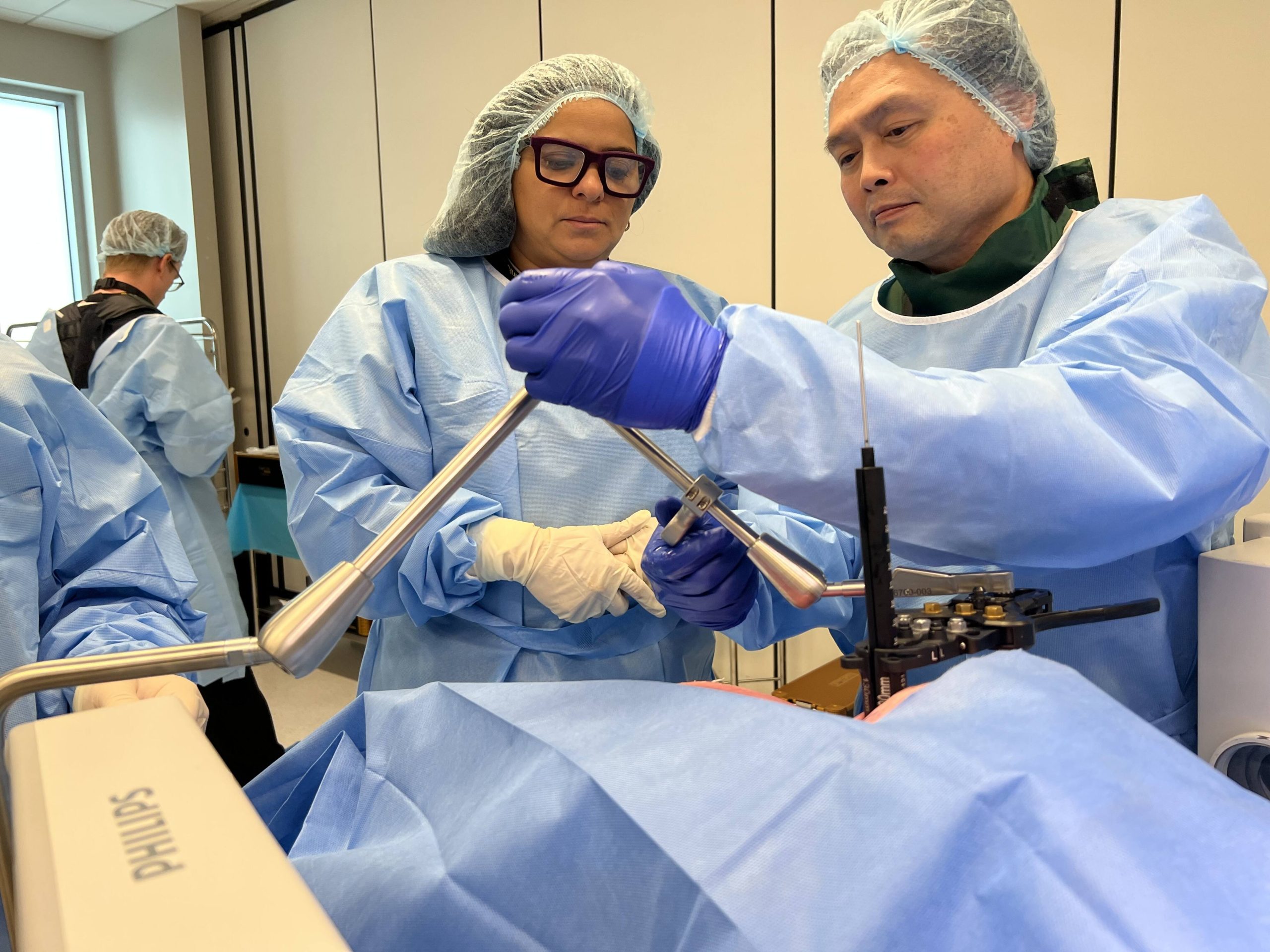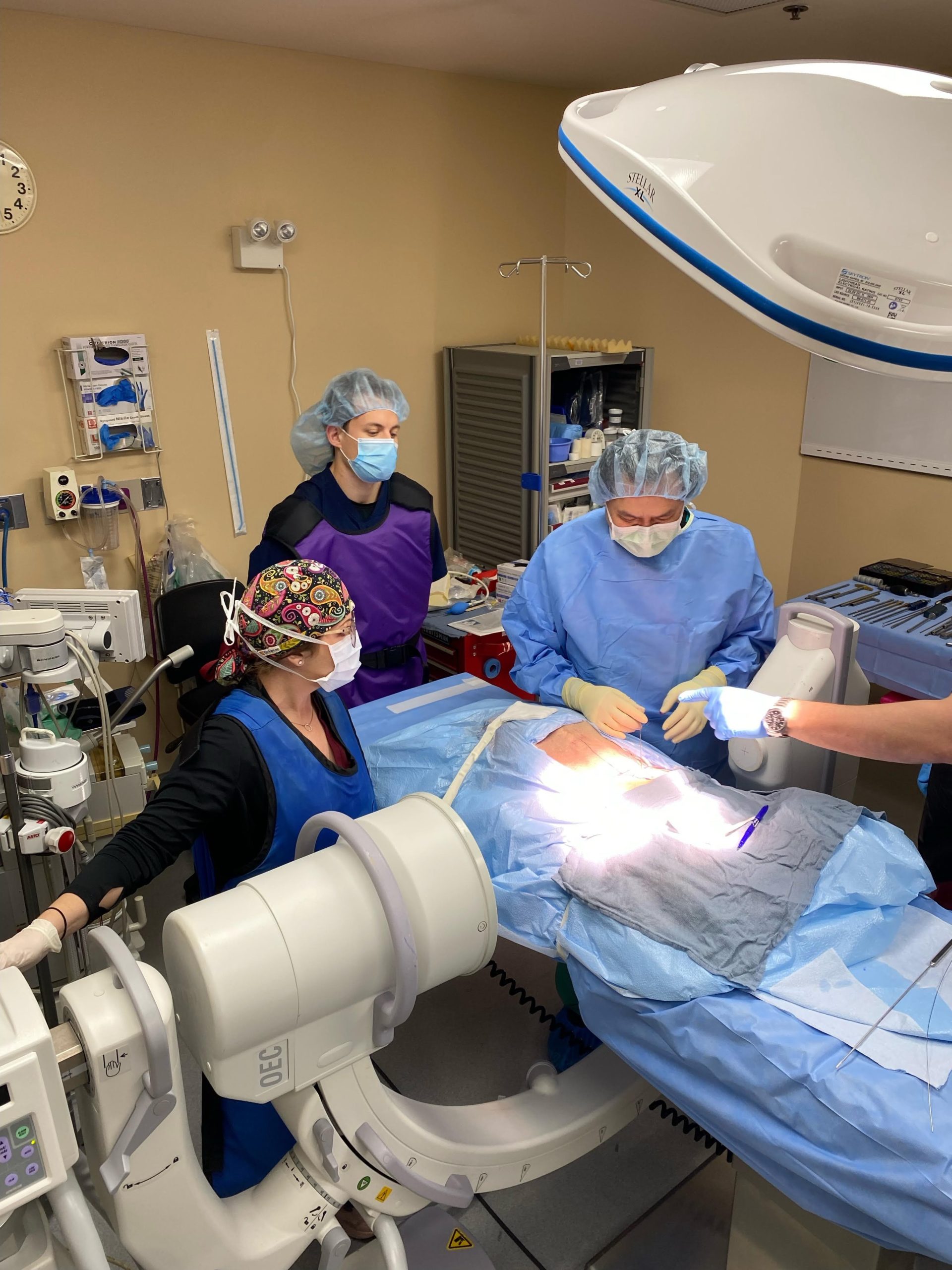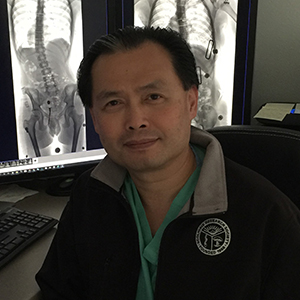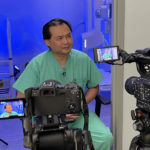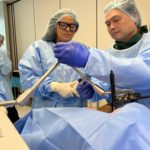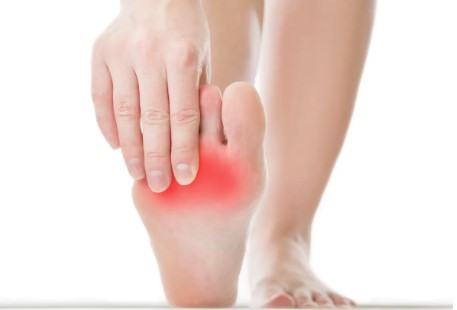
Diabetic neuropathy is nerve damage due to diabetes and can lead to pain and numbness, most often in the hands and feet.
About 25% of the 37 million Americans with diabetes have painful diabetic neuropathy.
“Diabetic neuropathy often results in poor quality of life, depression, anxiety and impaired sleep, and the available medications can be ineffective for many people or have side effects that people can’t tolerate,” said Erika Petersen, MD, of the University of Arkansas in Little Rock. “These results are exciting because there is an urgent need for more effective therapies.”
The conservative treatment of painful diabetic peripheral neuropathy primarily focuses on adequate blood glucose control to limit progression, and concomitant pharmacologic treatment (eg, topical capsaicin, antidepressants, anticonvulsant agents, opioids), combined, if necessary, with nonpharmacologic options to reduce pain.
However, pharmacologic treatment often results in little pain relief and is frequently poorly tolerated.
Therefore, better treatment options are profoundly needed.
For More Information:
If you or a love one has painful diabetic peripheral neuropathy that can no longer be managed by conservative medical measures, call Orthopaedic Institute of Northwest for a consultation to see if spinal cord stimulation may be right for you.
Call (850) 356-4407 for an appointment, today!


